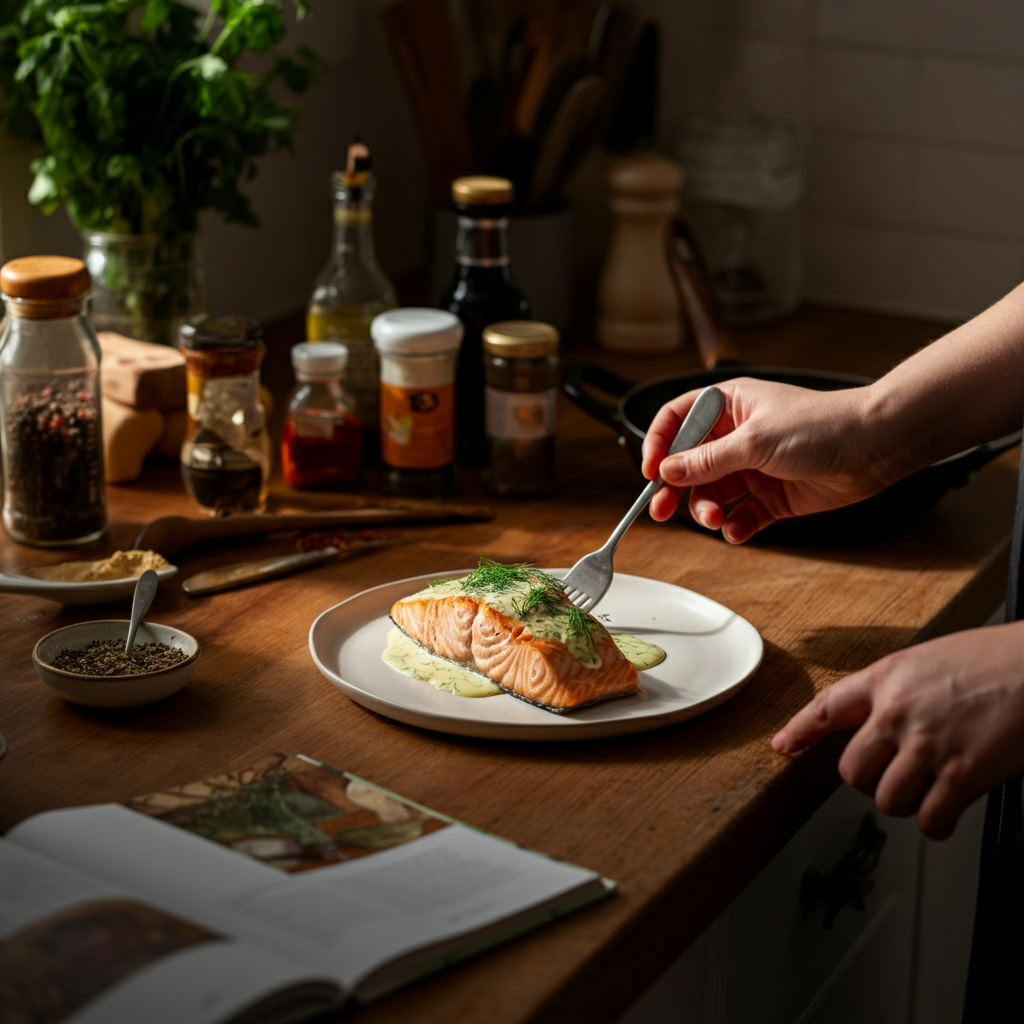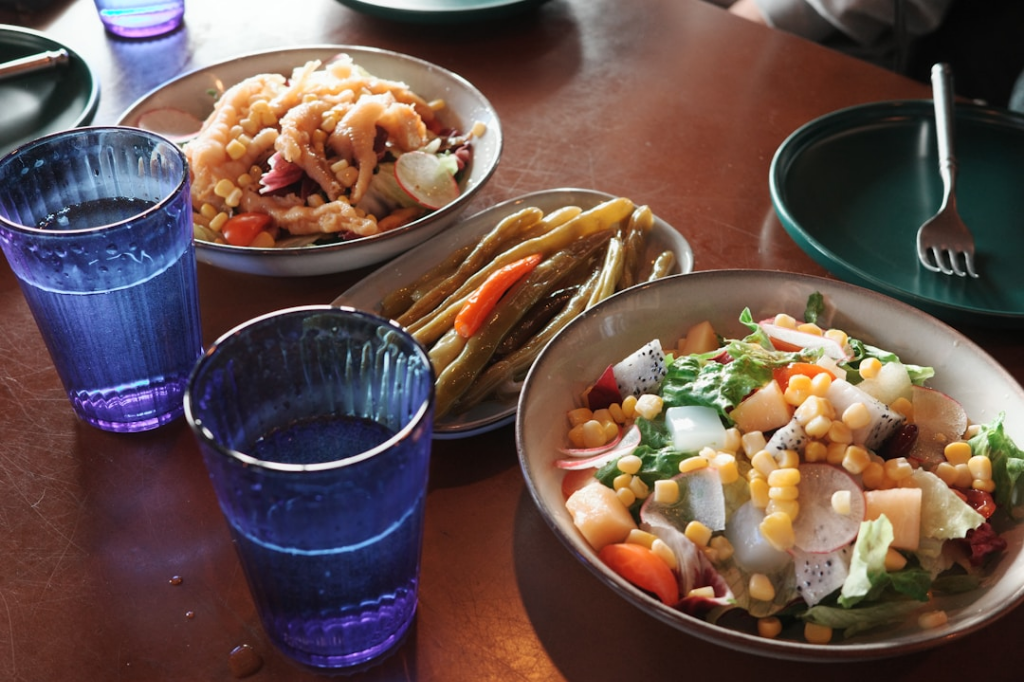
The first time I tried to recreate my favorite restaurant’s garlic butter shrimp at home, I ended up with rubbery seafood swimming in a greasy mess. The dish that had me swooning at the restaurant became an expensive disappointment on my kitchen counter. Sound familiar? You’re not alone in this culinary frustration.
Most home cooks assume restaurant-quality dishes require years of culinary school or professional equipment. The truth is, with the right techniques, ingredients, and mindset, you can transform your kitchen into a personal fine-dining experience. This comprehensive guide will teach you how to recreate restaurant-style dishes that rival your favorite establishments—all while saving money and controlling what goes into your food.
Understanding Restaurant Cooking Techniques
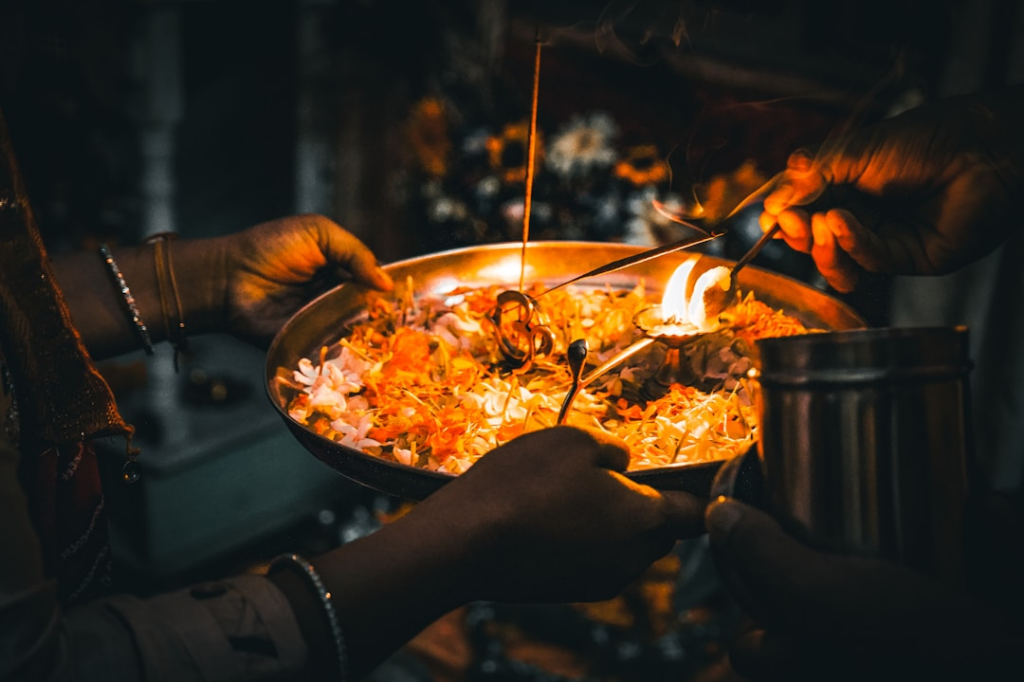
Restaurant kitchens operate on principles that most home cooks overlook. Professional chefs don’t just follow recipes; they master fundamental techniques that create the distinctive flavors and textures we associate with fine dining. Understanding these core methods is your first step toward restaurant-quality results.
High Heat Cooking: The Foundation of Restaurant Flavors
Professional kitchens use intense heat to achieve the complex flavors that make restaurant dishes memorable. This isn’t just about cooking food faster—high heat creates the Maillard reaction, which develops deep, caramelized flavors and appealing colors. When you sear a steak at high temperature, you’re not just cooking it; you’re creating hundreds of flavor compounds that simply can’t develop at lower temperatures.
The key to mastering high-heat cooking at home lies in preparation and confidence. Preheat your pan until it’s smoking hot, pat your proteins dry before cooking, and resist the urge to move food around constantly. Let that beautiful crust develop—it’s where the magic happens.
Sauce Mastery: The Heart of Restaurant Cooking
Sauces separate amateur home cooking from restaurant-quality dishes. Professional chefs build layers of flavor through reductions, where liquids are simmered to concentrate flavors and create silky textures. A proper pan sauce starts with deglazing—adding liquid to dissolve the caramelized bits left in the pan after searing meat.
Emulsions like hollandaise or butter sauces require patience and technique. The secret is controlling temperature and adding ingredients slowly. Many home cooks rush this process, resulting in broken or separated sauces that lack the smooth, luxurious mouthfeel of restaurant versions.
Plating and Presentation: Eating with Your Eyes
Visual appeal dramatically impacts how we perceive taste. Restaurants invest heavily in presentation because they understand that we eat with our eyes first. This doesn’t mean you need artistic training—it means understanding basic principles like color contrast, height variation, and negative space on the plate.
Clean plates, warm serving dishes, and strategic garnish placement transform simple dishes into restaurant-worthy presentations. A sprinkle of fresh herbs, a drizzle of sauce, or a few microgreens can elevate a home-cooked meal to fine-dining standards.
Essential Equipment and Ingredients

Success in recreating restaurant dishes depends heavily on having the right tools and ingredients. While you don’t need a professional kitchen, certain equipment and pantry staples are non-negotiable for achieving restaurant-quality results.
Must-Have Kitchen Tools
A heavy-bottomed stainless steel or cast-iron pan is your most important investment. These pans distribute heat evenly and retain temperature when food is added, preventing the temperature drops that lead to steaming instead of searing. Restaurant-quality results require restaurant-quality heat retention.
Sharp knives are equally crucial. A dull knife not only makes prep work frustrating but also affects food texture. Cleanly cut ingredients cook more evenly and present better than their raggedly chopped counterparts. Invest in a good chef’s knife and learn to maintain its edge—your cooking will improve dramatically.
A digital instant-read thermometer eliminates guesswork from protein cookery. Restaurants achieve consistent results because they measure, not guess. Whether you’re searing duck breast or tempering chocolate, precise temperature control separates amateur from professional results.
Pantry Staples for Restaurant-Style Flavor
Quality ingredients form the foundation of restaurant cooking. Start with high-grade olive oil, sea salt, and freshly ground black pepper. These basic seasonings appear in nearly every dish, so their quality directly impacts your final results.
Stock your spice cabinet with whole spices when possible. Freshly ground cumin, coriander, and black pepper deliver exponentially more flavor than pre-ground versions. Toast whole spices before grinding to unlock deeper, more complex flavors that commercial ground spices simply can’t match.
Acid ingredients like quality vinegars, citrus juice, and wine are essential for balancing flavors. Restaurant dishes rarely taste flat because chefs understand how acid brightens and enhances other flavors. A splash of lemon juice or a drizzle of aged balsamic can transform a good dish into a great one.
Sourcing Quality Ingredients
The ingredient quality gap between restaurants and home cooking often explains why restaurant dishes taste superior. Professional chefs have access to specialty suppliers and premium ingredients that aren’t available in typical grocery stores.
Build relationships with local farmers’ markets, specialty food stores, and online suppliers. Fresh herbs, prime-grade meats, and day-boat seafood cost more than supermarket alternatives, but they deliver restaurant-quality results that justify the investment.
Recipe Recreations: Step-by-Step Guides
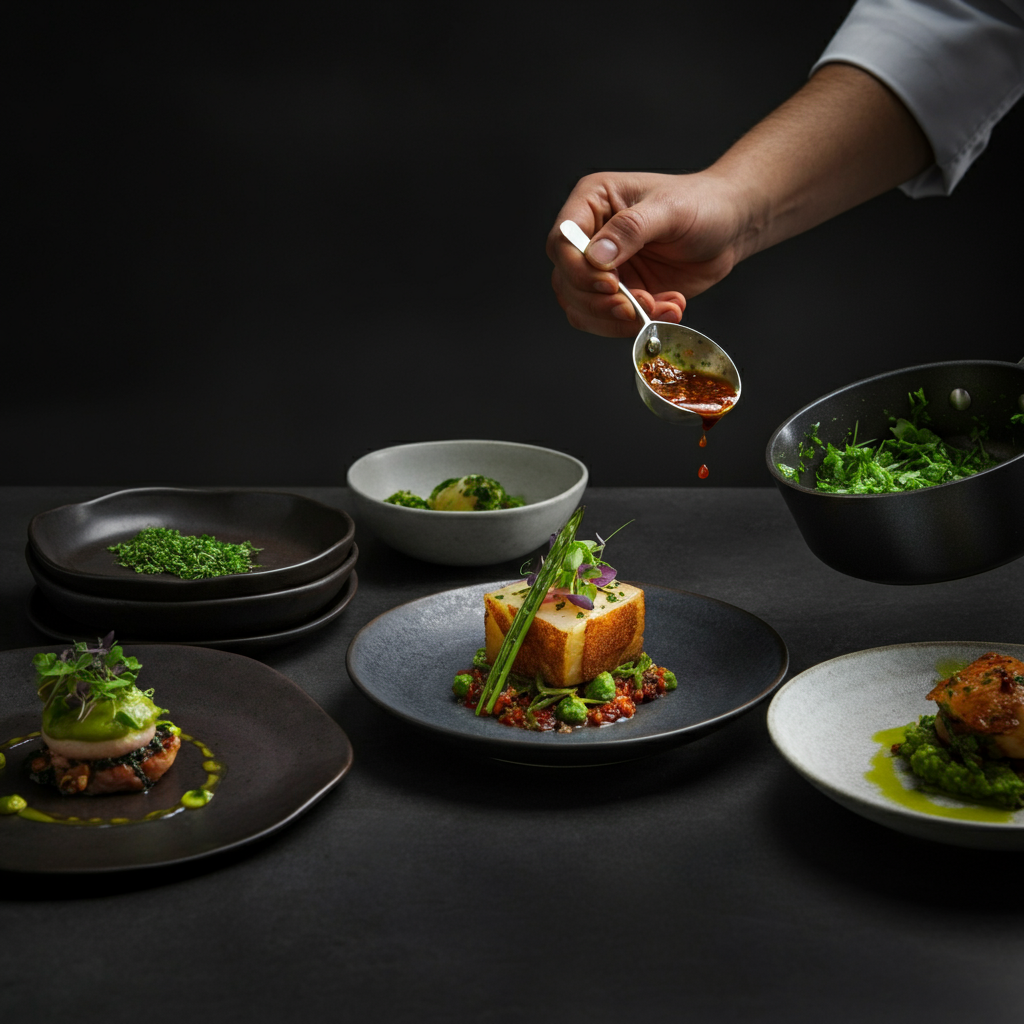
Theory means nothing without practice. These three restaurant-style recipes demonstrate the techniques and principles we’ve discussed, giving you hands-on experience with professional cooking methods.
Appetizer: Bruschetta with Balsamic Glaze
Ingredients:
- 1 French baguette, sliced diagonally
- 4 ripe Roma tomatoes, diced
- 3 cloves garlic, minced
- 1/4 cup fresh basil, chopped
- 2 tablespoons extra-virgin olive oil
- 1/2 cup balsamic vinegar
- Salt and pepper to taste
Instructions:
Start by making the balsamic glaze—this reduction requires patience but creates the glossy, syrupy consistency that makes restaurant bruschetta memorable. Pour balsamic vinegar into a small saucepan and simmer over medium heat until it reduces by half, about 15-20 minutes. The finished glaze should coat the back of a spoon.
While the glaze reduces, prepare your tomato mixture. Dice tomatoes uniformly—consistent cuts ensure even flavor distribution and professional presentation. Mix diced tomatoes with minced garlic, chopped basil, and olive oil. Season with salt and pepper, then let the mixture sit for 10 minutes to allow flavors to meld.
Toast baguette slices until golden brown and crispy. Rub each slice with a cut garlic clove for subtle garlic flavor—this technique adds depth without overwhelming the other ingredients. Top each slice with the tomato mixture and drizzle with balsamic glaze just before serving.
Main Course: Pan-Seared Salmon with Lemon-Dill Sauce
Ingredients:
- 4 salmon fillets (6 oz each), skin removed
- 2 tablespoons olive oil
- 1/4 cup white wine
- 2 tablespoons butter
- 2 tablespoons fresh dill, chopped
- 1 lemon, juiced and zested
- Salt and pepper
Instructions:
Pat salmon fillets completely dry and season generously with salt and pepper. Moisture is the enemy of good searing—wet fish will steam rather than develop the golden crust that characterizes restaurant-quality salmon.
Heat olive oil in a stainless steel pan over medium-high heat until it shimmers. Place salmon fillets in the pan without moving them for 4-5 minutes. The fish will release naturally when properly seared—forcing it too early tears the flesh and prevents proper browning.
Flip the salmon and cook for another 3-4 minutes, depending on thickness. Remove fish from pan and tent with foil to rest while you prepare the sauce.
Add white wine to the same pan, scraping up any browned bits—this deglazing process captures concentrated flavors that would otherwise be lost. Add lemon juice and zest, then swirl in cold butter one tablespoon at a time to create a silky emulsion. Stir in fresh dill just before serving.
Dessert: Chocolate Lava Cake
Ingredients:
- 4 oz dark chocolate (70% cacao), chopped
- 4 tablespoons unsalted butter
- 2 large eggs
- 2 tablespoons granulated sugar
- 2 tablespoons all-purpose flour
- Pinch of salt
- Butter and cocoa powder for ramekins
Instructions:
Preheat oven to 425°F and butter four 6-ounce ramekins. Dust with cocoa powder, tapping out excess—this prevents sticking and adds extra chocolate flavor.
Melt chocolate and butter together in a double boiler, stirring until smooth. The gentle heat prevents the chocolate from seizing, which would ruin the texture of your finished dessert.
In a separate bowl, whisk eggs and sugar until pale and slightly thickened. Gradually whisk in the melted chocolate mixture, then fold in flour and salt until just combined. Overmixing develops gluten, which creates a tough rather than tender cake.
Divide batter among prepared ramekins and bake for 12-14 minutes. The edges should be firm but centers still jiggly—this contrast creates the signature molten center that gives lava cake its name.
Tips for Elevating Home Cooking
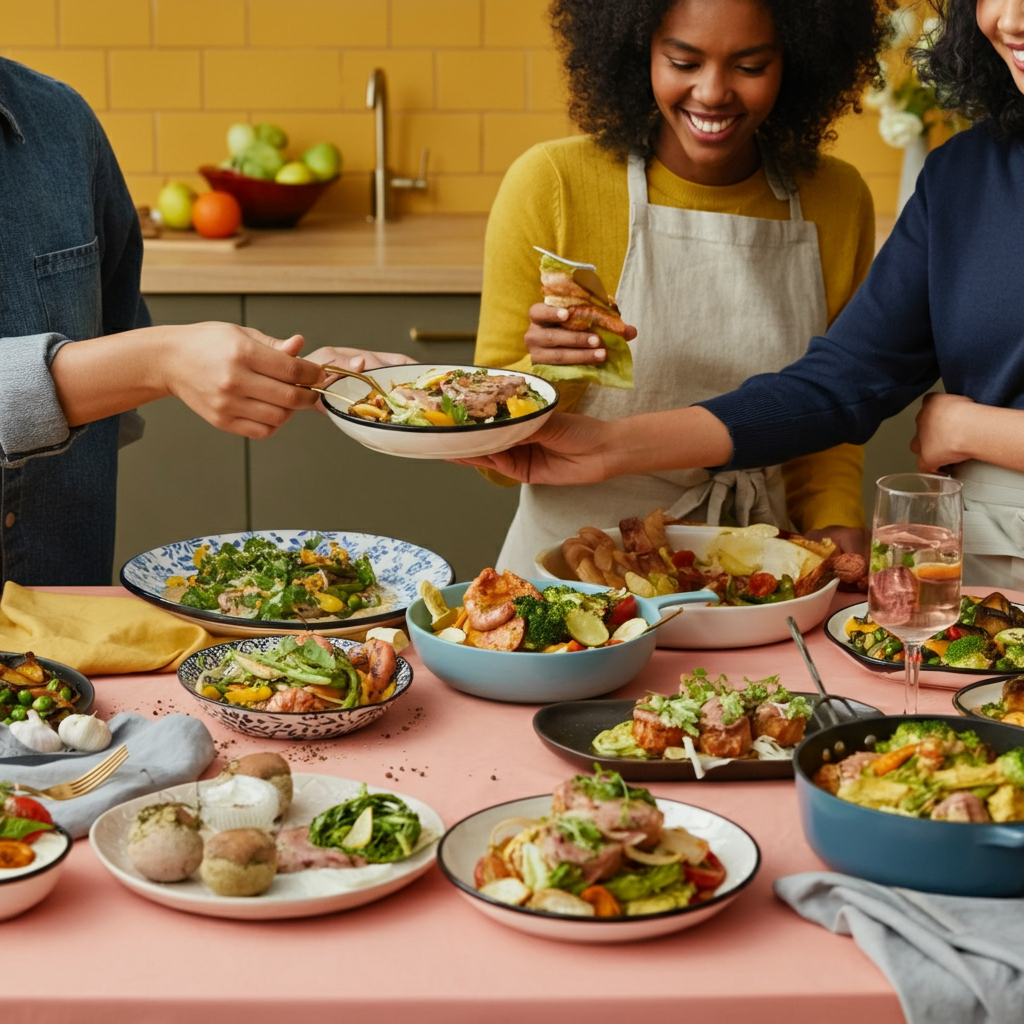
Small adjustments in technique can produce dramatic improvements in your cooking results. Professional chefs understand that excellence lies in mastering fundamentals rather than complex recipes.
Flavor Layering: Building Depth in Your Dishes
Restaurant dishes taste complex because chefs build flavors in layers throughout the cooking process. This doesn’t mean adding more ingredients—it means understanding when and how to add each element for maximum impact.
Start with aromatics like onions, garlic, and herbs cooked in fat to create a flavor base. Add spices early enough to bloom their flavors but not so early that they burn. Finish dishes with bright elements like citrus, fresh herbs, or quality finishing oils to provide contrast and freshness.
Knife Skills: Techniques for Perfect Cuts
Uniform cuts aren’t just about aesthetics—they ensure even cooking and professional presentation. Practice your knife skills until proper technique becomes automatic. A sharp knife, proper grip, and consistent cutting motion will transform both your prep efficiency and final dish quality.
Different cuts serve different purposes. Brunoise (fine dice) releases maximum flavor from aromatics, while julienne cuts cook quickly and provide interesting texture. Understanding when to use each cut elevates your cooking from amateur to professional level.
Time Management: Preparing Components Ahead
Restaurant efficiency comes from mise en place—having everything in its place before cooking begins. Rea
